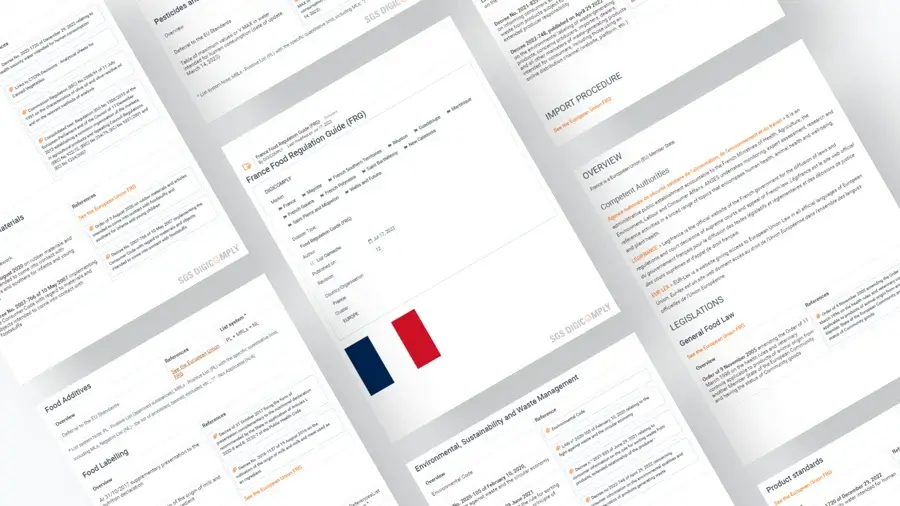What is Food and Agriculture Organization (FAO)
The Food and Agriculture Organization (FAO) is a specialized agency of the United Nations, founded in 1945, with its headquarters in Rome, Italy. Its primary aim is to eliminate hunger, food insecurity, and malnutrition globally. The FAO serves as a forum for negotiation and collaboration among member states, providing them with support in various aspects of food and agriculture. It plays a crucial role in shaping international agricultural policies and practices that align with sustainable development goals.
Objectives and Functions of FAO
The FAO's objectives are multi-faceted and encompass a range of activities aimed at improving food security and agricultural productivity. Some of the key functions include:
- Policy Development: Assisting countries in developing coherent agricultural policies.
- Data and Analysis: Collecting and disseminating data on food and agriculture to inform decision-making.
- Capacity Building: Providing training and resources to enhance the skills and knowledge of agricultural stakeholders.
- Emergency Response: Coordinating international responses to food crises and natural disasters.
- Sustainable Practices: Promoting practices that ensure the sustainability of food systems and the environment.
Impact of FAO on the Food Industry
The FAO's influence on the food industry is profound and far-reaching, affecting various sectors from production to consumption. Below are some critical areas where the FAO has made significant contributions:
1. Enhancing Food Security
Food security is at the core of FAO's mission. By advocating for policies that prioritize food accessibility and availability, the organization helps countries develop frameworks that address the root causes of hunger. Initiatives such as the Zero Hunger Challenge aim to eliminate hunger and promote food security in vulnerable populations.
2. Promoting Sustainable Agriculture
The FAO emphasizes the need for sustainable agricultural practices that maintain productivity while protecting the environment. By promoting agroecological approaches, the FAO encourages farmers to adopt methods that improve soil health, conserve water, and enhance biodiversity. This shift towards sustainability is essential in mitigating the impacts of climate change and ensuring long-term food security.
3. Supporting Smallholder Farmers
Smallholder farmers are vital to global food production, yet they often face numerous challenges, including limited access to resources, markets, and technology. The FAO works to empower these farmers through initiatives that provide them with technical support, access to finance, and market opportunities. Programs such as the FAO's Investment Centre facilitate partnerships between governments and private sectors to enhance agricultural investments.
4. Facilitating Global Trade
The FAO plays a pivotal role in fostering international trade in food and agricultural products. By establishing standards and guidelines, such as the Codex Alimentarius, the FAO helps ensure food safety and quality, which are essential for consumer protection and market access. This collaboration fosters a more stable and predictable trade environment, benefiting producers and consumers alike.
5. Addressing Malnutrition
Malnutrition, in all its forms, remains a pressing issue globally. The FAO's work in nutrition focuses on promoting healthy diets and improving the nutritional content of food systems. Through various programs, the FAO advocates for food diversity, encouraging the consumption of a wide range of foods to combat deficiencies and promote overall health.
Challenges and Future Directions
Despite its significant contributions, the FAO faces numerous challenges, such as:
- Climate Change: Adapting agricultural practices to mitigate and adapt to the impacts of climate change remains a pressing challenge.
- Resource Scarcity: The increasing competition for land, water, and other resources necessitates innovative approaches to resource management.
- Population Growth: With the global population projected to reach 9.7 billion by 2050, the demand for food will continue to rise, requiring substantial increases in agricultural productivity.
In response to these challenges, the FAO is focusing on:
- Enhancing global partnerships to address food security collaboratively.
- Investing in research and development to promote innovative agricultural technologies.
- Advocating for policies that prioritize nutrition and food safety at all levels.
Conclusion
The Food and Agriculture Organization (FAO) plays a critical role in shaping the global food industry. By focusing on sustainable practices, enhancing food security, and promoting the welfare of smallholder farmers, the FAO is integral to achieving a world free from hunger and malnutrition. As the challenges of the 21st century evolve, the FAO's commitment to fostering collaboration and innovation will be essential in navigating the complexities of food production and distribution, ultimately ensuring a sustainable future for all.





